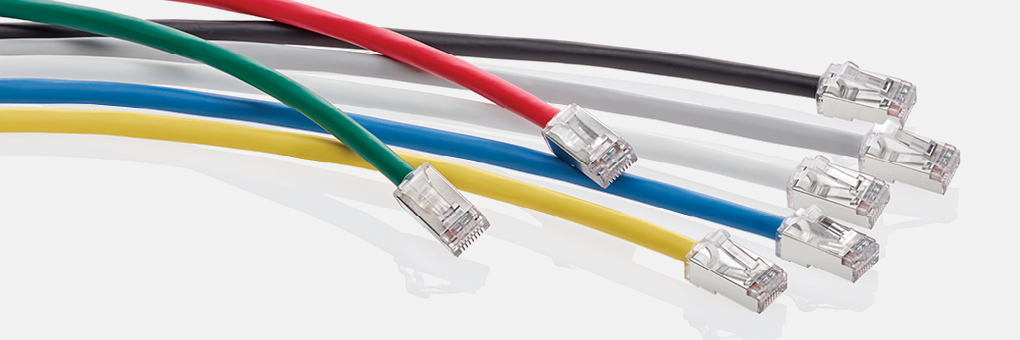In the world of networking and telecommunications, the term "patch cord" is frequently mentioned. But what is a patch cord, and why is it so important? Let’s try to demystify the concept and highlight its significance in various applications.
A patch cord, also known as a patch cable, jumper, or patch lead, is a short length of cable with connectors on both ends. These cables are used to connect two electronic or optical devices for signal routing. The most common types of patch cords include copper Ethernet patch cords, fiber optic patch cords, and audio video patch cords.
Types of Patch Cords
- Copper Patch Cords: These are perhaps the most familiar type of patch cords. They use RJ45 plugs to connect devices within a local area network (LAN), such as computers, routers, and switches. Ethernet patch cords come in various categories, such as Cat 5e, Cat 6, and Cat 6a, and in shielded or unshielded configurations.
- Fiber Optic Patch Cords: These cables are used in high-speed data transmission applications. They consist of a core made of glass or plastic fibers that transmit light signals. Fiber optic patch cords are essential in environments where high bandwidth and long-distance communication are required, such as in data centers and telecommunication networks. Connector types include MPO, MTP®, LC, SC, ST, and more.
- Audio Video Patch Cords: These cables are used to connect AV equipment, such as microphones, mixers, speakers, monitors, TVs.. They come in various types, including XLR cables, TRS cables, RCA cables, HDMI cables and more, each designed for specific AV applications.
Patch cords are versatile and find applications in various fields:
In networking, copper and fiber optic patch cords are used to connect different network devices, ensuring seamless data transmission. They are crucial in setting up and maintaining network infrastructure.
In telecommunications, copper and fiber patch cords are used to connect different pieces of equipment, such as switches and routers, facilitating efficient communication.
In the audio and video industry, patch cords are used to connect different pieces of equipment, ensuring high-quality signal transmission. They are essential in studios, live performances, and broadcasting.
Data centers require copper and fiber optic patch cords to connect servers, storage devices, and networking equipment. They play a critical role in maintaining the efficiency and reliability of data center operations. And they allow for moves, adds, and changes to network infrastructure as new equipment or users come online.
When selecting a patch cord, several factors need to be considered:
- Length: The length of the patch cord should be appropriate for the distance between the devices being connected. Too long or too short cables can cause signal degradation or clutter. It is smart to use appropriate vertical and horizontal patch cord managers to protect patch cords from damage and help prevent accidental disconnects or down time.
- Color: Using color coding is a very simple solution to potentially very complex network problems. Color-coding can improve efficiency and reduce errors in network management. It allows for quicker port identification, reduced network management errors, improved network organization, more efficient troubleshooting, and ultimately reduced labor
- Quality: High-quality patch cords are essential for reliable performance. Look for cables with durable connectors to minimize signal loss and interference. And consider whether your application would be better served by using solid core or stranded patch cords.
- Shielding: Shielded copper channels offer protection from alien crosstalk and electronic interference. Regardless, the use of shielded patch cords in otherwise unshielded channels is not only an acceptable combination but offers numerous benefits to the customer.
Patch cords may seem like simple components, but they play a vital role in ensuring the smooth operation of various electronic and communication systems. Understanding the different types of patch cords and their applications can help you make informed decisions when setting up or maintaining your network, audio, or video systems. Whether you're a networking professional, an audio engineer, or just someone looking to connect devices at home, knowing about patch cords is essential.
